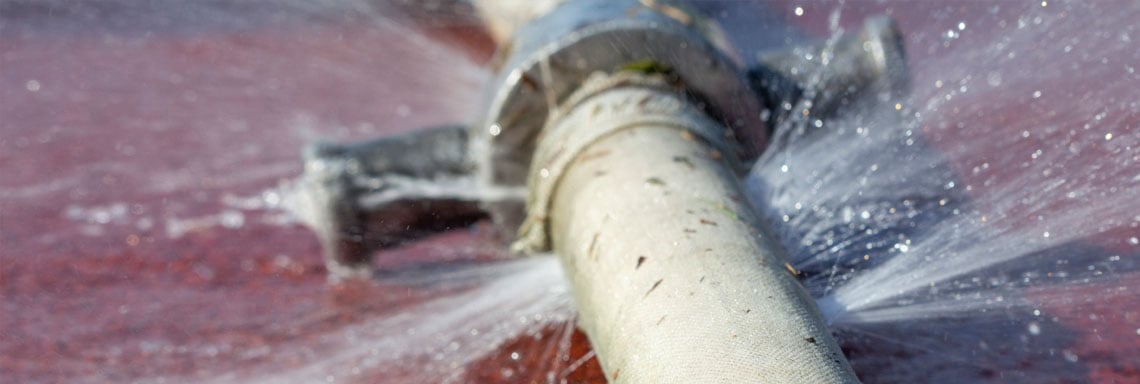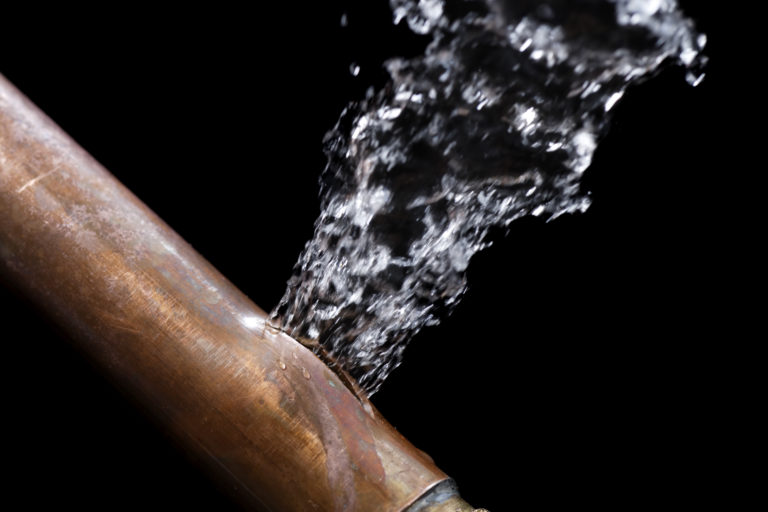How do you really feel on the subject of How to install a dishwasher safely?

A burst pipe is a significant emergency; you can only stand as you see water you pay dearly to reunite with the planet. In even worse cases, you discover a swimming pool on your kitchen floor, which is a wonderful trip hazard, especially if you have children around. If the pipeline that burst was in your walls, trouble: you might require to paint that whole section.
Exactly how can a catastrophe like a ruptured pipeline be prevented and managed? Well, by paying attention to your professional emergency plumbings as well as following these rules.
Just how do I recognize when my pipelines have burst?
Fluctuating water stress
Pipelines do not just burst in a day. You may have observed that your cooking area tap or shower does not run promptly when you transform the tap. It may pause for a couple of secs and afterwards blast you with more force than common.
In various other circumstances, the water might appear regular in the beginning, after that decrease in pressure after a couple of seconds.
Wet wall surfaces and water stains
Before a pipeline ruptureds, it will leak, most times. If this consistent dripping goes undetected, the leak may graduate right into a broad wound in your pipe. One very easy method to avoid this emergency is to look out for damp wall surfaces ad water discolorations. These water spots will lead you right to the leakage.
Puddles under pipelines and sinks
When a pipe bursts, the discharge develops a pool. It might show up that the pool is growing in size, as well as despite the amount of times you wipe the pool, in a couple of minutes, there's an additional one waiting to be cleaned. Frequently, you may not have the ability to map the pool to any visible pipelines. This is an indication to call a specialist plumber.
Untraceable trickling noises
Pipe ruptureds can happen in the most undesirable places, like within concrete, inside walls, or under sinks. When your house goes silent, you might have the ability to listen to an annoyingly persistent leaking sound. Even after you've checked your shower head as well as kitchen tap, the leaking may proceed.
Dear viewers, the dripping may be coming from a pipe inside your walls. There isn't much you can do about that, except inform a specialist plumber.
Shut off the Water
When water freezes, it increases in quantity by concerning 9 percent. As well as it broadens with incredible force: The pressure inside pipelines might go from 40 pounds per square inch to 40,000 psi! No pipe can hold that much pressure, so it breaks open. The break may take place where the ice kinds, yet more frequently, it takes place where water pressure finds a weak spot in the pipeline. That may be inches or perhaps feet from the frozen location. Discover the water shutoff valve and turn off the water to stop even more damage. You could also require to shut off the electricity also, relying on where the leaks happens as well as just how big it is.
Infected water
Many people presume a ruptured pipeline is a one-way electrical outlet. Rather the contrary. As water spurts of the hole or gouge in your plumbing system, pollutants locate their method.
Your water might be infected from the source, so if you can, check if your water tank has any issues. Nevertheless, if your drinking water is supplied as well as cleansed by the city government, you ought to call your plumber quickly if you see or scent anything amusing in your water.
What do I do when I detect a ruptured pipe?
Your water meter will certainly remain to run also while your water wastes. To decrease your losses, locate the major controls and also transform the supply off. The water pipe are an above-ground framework at the edge of your building.
How to Fix & Detect a Leaking Pipe
How Do I Know if a Pipe is Leaking?
Leak detection tests can help you determine if your pipe has a leak. Even if you don’t see an apparent leak, you should still conduct leak detection tests regularly to save water and money—and prevent major damage to your home.
Water meter. It can be helpful to figure out what your usual water meter usage numbers are and then monitor them regularly. To monitor your meter, first, turn off all water faucets in your home. Check the meter and write down the numbers. In a few hours, check the meter again. If the numbers have changed, you have a leak. Water gauge. Use a water gauge to test your water pressure. Your showerhead should produce a certain amount of water pressure based on its model and design. If the pressure is lower than it is supposed to be for that specific showerhead, your home likely has a leak. Puddles. Look inside your bathroom, laundry, and kitchen sink cabinets. Puddles around the cabinets or around toilets, tubs, showers, and washing machines indicate the presence of a leaking pipe. You may also notice loose tiles, peeling or flaking paint, or mold caused by water accumulation. Napkin test. Even if you don’t see any puddles, you may still have a leak. You can test for water leaks in the bathroom, laundry, and kitchen by wiping below-sink connections with a napkin, paper towel, or piece of toilet paper. If it becomes damp, you probably have a leaking pipe under the sink. Discolored walls. Walls that are discolored—usually with brown or yellow stains—or bulging might mean that they have been impacted by water damage caused by a leaking pipe. Smell. A leaky pipe will create sitting water, and over time, that water may develop a musty smell. If your home smells musty, but you can’t locate the source, it may be due to a leak. Steps for Fixing a Leaking Pipe
A leaky drain can be remedied by tightening the pipe base, replacing the drain seal, caulking the rim, and tightening the pipe nut. Similarly, a leaking toilet pipe can be treated by tightening the packing nut. You may also need to replace the valve. A leaky faucet may just need tightening or replacement of the washers. If that doesn’t work, consider replacing your faucet. If your pipe has a hole in it, you may want to use a pipe leak sealer or pipe leak tape. This quick fix for water pipe leaks can also temporarily fix a copper pipe leak. https://www.ahs.com/home-matters/quick-tips/how-to-tell-if-pipes-are-leaking/

I was guided to that write-up about How to Install and Connect a New Dishwasher through an associate on another web blog. Loved our blog posting? Please share it. Help another person find it. We value reading our article about What to Know Before Installing a Dishwasher.
Call, we respond!